Select an Orthopaedic Specialty and Learn More
Use our specialty filter and search function to find information about specific orthopaedic conditions, treatments, anatomy, and more, quickly and easily.
GET THE HURT! APP FOR FREE INJURY ADVICE IN MINUTES
Shoreline Orthopaedics and the HURT! app have partnered to give you virtual access to a network of orthopaedic specialists, ready to offer guidance for injuries and ongoing bone or joint problems, 24/7/365.
Browse Specialties
-
- Arthritis
- Joint Disorders
- Physical Medicine & Rehabilitation (PM&R)
Arthritis Overview
According to estimates, one in every five people living in the United States has signs or symptoms of arthritis in at least one joint. There are many types of arthritis, but most fall into one of two major categories: osteoarthritis and rheumatoid arthritis, or RA. Arthritis is the leading cause of disability in the United States and it affects millions of people. Approximately half of all sufferers are under age 50.
More Info -
- Arthritis
- Hand & Wrist
- Joint Disorders
Hand & Wrist Arthritis
There are many small joints in the hand and wrist that work together to produce the fine motion necessary to perform detailed tasks such as threading a needle or tying a shoelace. When one or more of these joints is affected by arthritis, even simple activities can become difficult. Although there are many types of arthritis, most fall into one of two major categories: osteoarthritis and rheumatoid arthritis, or RA.
More Info -
- Hand & Wrist
Hand & Wrist Tendinitis
Tendinitis occurs when a tendon becomes irritated, inflamed or swollen and causes the synovium around the tendon to swell, changing the shape of the tendon sheath compartment and making it difficult for the tendons to move properly. Tendinitis can cause pain and tenderness along the hand or wrist that is particularly noticeable when grasping or gripping, forming a fist, or turning the wrist.
More Info -
- Joint Disorders
- Knee
- Minimally Invasive Surgery (Arthroscopy)
Knee Arthroscopy
Arthroscopy is a minimally invasive surgical procedure used by orthopaedic surgeons to visualize, diagnose and treat problems inside the joint. Your doctor may recommend knee arthroscopy if you have a painful condition that does not respond to nonsurgical treatments such as rest, physical therapy, and medications or injections to reduce inflammation.
More Info -
- Arthritis
- Elbow
- Joint Disorders
- Sports Medicine
Loose Body in the Elbow
Loose bodies are small fragments of bone or cartilage that have broken off inside a joint. As these fragments float free within the elbow, they can cause pain and even get caught in the moving parts of the joint.
More Info -
- Joint Disorders
- Joint Replacement & Revision
- Knee
Partial Knee Replacement
Unicompartmental (or partial) knee replacement is an option for a small percentage of patients with osteoarthritis of the knee that is limited to a single compartment of the knee. During this procedure, only the damaged compartment is replaced with metal and plastic, while the healthy cartilage and bone in the rest of the knee is left alone.
More Info -
- Hip
- Neck and Back (Spine)
- Physical Medicine & Rehabilitation (PM&R)
Sciatica
Most common between 30 and 50 years of age, sciatica is a pain in your lower back or hip that radiates to the back of your thigh and into your leg. Often people think that the source of the pain is the buttock, hip or thigh and seek medical care for a “hip” problem only to learn that the source of the pain is the lower back.
More Info -
- Neck and Back (Spine)
- Pediatric Injuries
- Physical Medicine & Rehabilitation (PM&R)
Scoliosis
Scoliosis is a common condition of the spine that affects many children and adolescents. Unlike a normal spine that runs straight down the middle of the back, a spine with scoliosis forms a sideways curve that may look like a letter “C” or “S.” Scoliosis can cause the spine to rotate or turn, resulting in a shoulder, shoulder blade (scapula), or hip that appears higher than the other.
More Info

